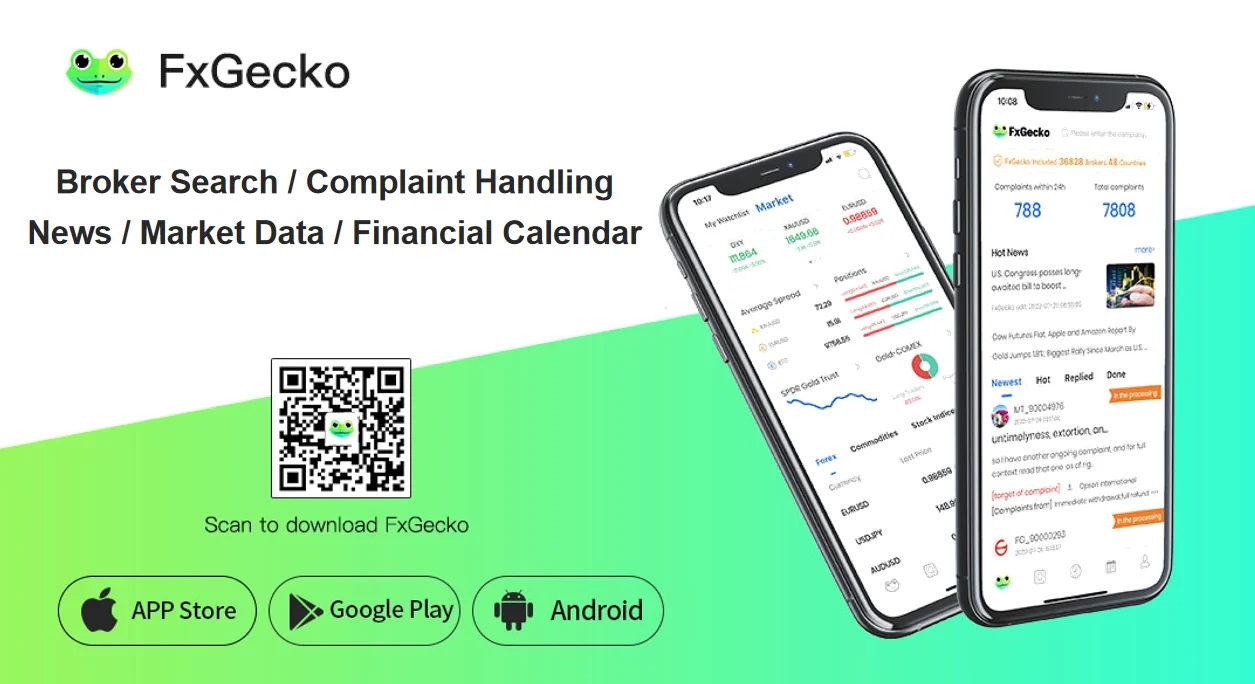For a great team to be created, it takes the right talent, a specific mix of people, and proper leadership. Moreover, high-performing teams take time to evolve and mature. Great teamwork can be very enjoyable for the team members, who inevitably will build a great friendship, trust, and energy together. Still, it is also essential these days for companies to facilitate and accelerate their teams’ jobs by applying the right technologies.
Many applications can make employees’ lives easier and improve their productivity. Yet, it can be challenging to determine whether and which is a perfect fit. To help you out, we have made a list of the most common types of software that can help high-performing teams to organize their work, handle task management, and track the company’s goals.
#1 Employee engagement tools
Employee engagement software allows businesses to increase employee job satisfaction, build better work and customer relationships, retain talented workers, and impact company profits. The goal is to help workers feel embodied in the mission and culture of their organization, and therefore, become more productive and effective.
As there is a wide range of employee engagement software platforms on the market, choosing the right one can be daunting. To make the right choice, keep in mind that this software should include training options, employee recognition and incentives, surveys and feedback, and a performance evaluation system. In addition, some tools of this type also include email marketing and customer relationships.
#2 Work planning/ management software
Within a successful company, one can hardly stay on top of the growing project-related tasks needed to be performed. So, for team members to remain efficient and productive in project execution, project planning/management tools are crucial.
Project management tools help managers and teams to complete tasks, organize client requests, and manage time and budget. The features usually offered are:
- task management,
- team collaboration,
- support documentation,
- email integration,
- document and project portfolio management,
- mobile app,
- third-party integrations,
- branding, reporting, scheduling,
- time management, etc.
Some of the most popular software on the market are Trello, Monday, Asana, SmartSheet, nTask, etc.
#3 Team communication applications
Effective workplace communication is key to productivity and satisfied employees. Precisely in this aspect, a good communication tool enables teams to work on more tasks with less effort, including everything from meeting requests to project updates and beyond.
For starters, business communication applications provide a flexible platform for meeting the needs of employees. For example, they ensure that team members can get instant answers to questions from colleagues without having to pop into their office. Also, as more and more positions are remote, communication apps enable employees to catch up on threads in their own time, reply to messages on the move, etc. For example, tools such as Slack, Microsoft Teams, Troop Messenger, Chanty, and Rocket can make it easier for teams to stay in touch and increase productivity.
In addition, leaders can facilitate and expedite moving data and assets between team members with the help of cloud-based file-sharing apps. These tools give everyone access to the same information simultaneously, enabling them to see the changes done in real-time. And when it comes to examples, solutions like Dropbox, Google Drive, and Microsoft OneDrive rule the business world.
Choosing the right tools for your team
Versatile team collaboration tools can efficiently benefit businesses. But to choose the right ones, there are a few factors that need to be taken into consideration:
- Identify the areas that could benefit from using the planned tools,
- Team construction: how many members, which positions and responsibilities each carry,
- The design and structure of the tool,
- Consider the tool’s software compatibility with the software already used,
- Involve user opinion for evaluation,
- Measure the expected change.
The bottom line
Great teams have the potential to be one of the most powerful drivers of success in organizations today. They are different, act in unique and collaborative ways, and practice high-impact habits with passion and discipline. However, today’s increasingly digitized world requires supporting tools and processes to assist team functioning and growth in performing at their best. For this reason, every business leader, if they want to help teams excel and increase their organization’s profit, must mindfully invest in the right tools.









Add Comment